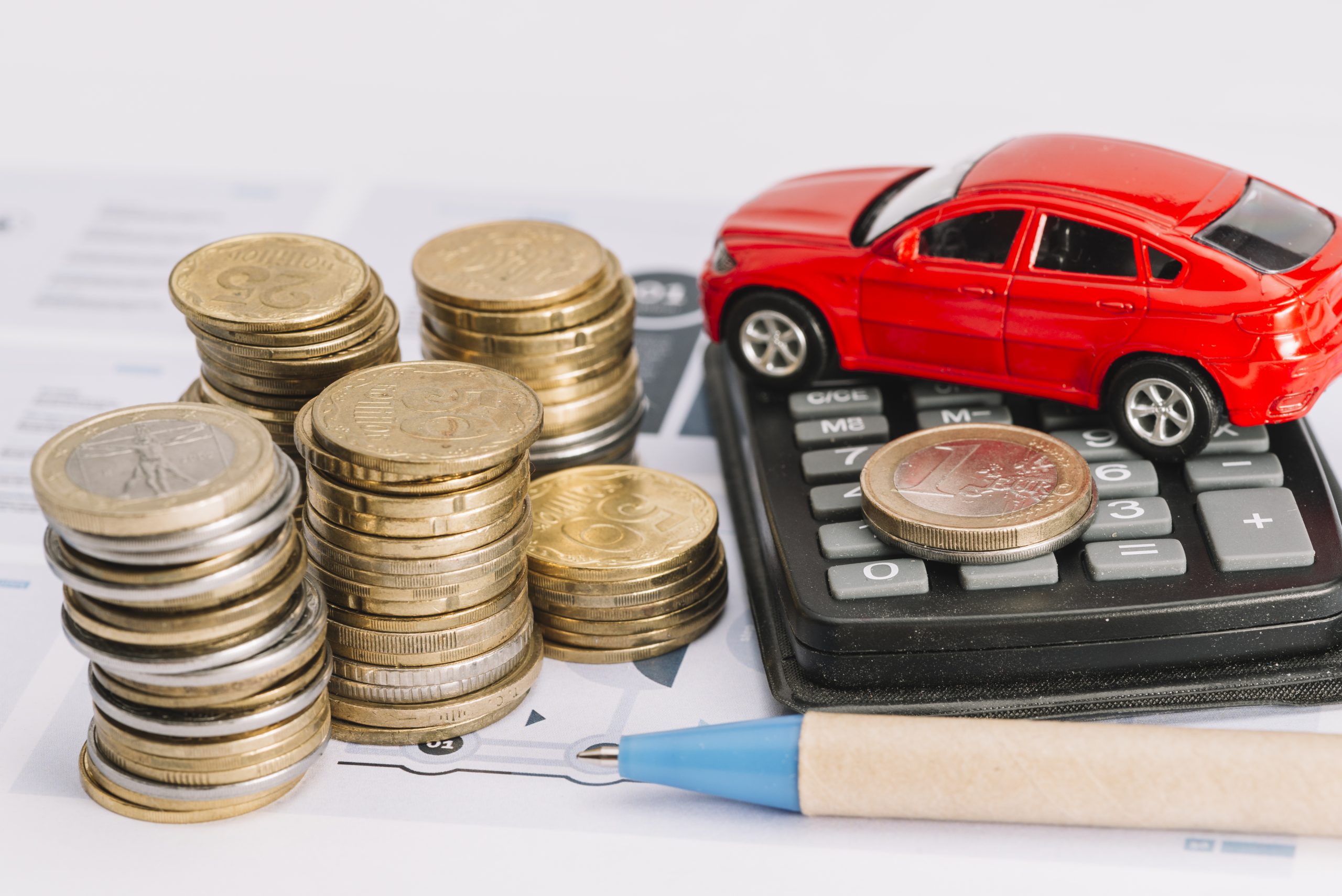By Stephen Macharia
In the competitive automotive industry, a storm is brewing, one that is causing ripples of concern among car buyers. Second-hand vehicles, long seen as a haven for budget-conscious individuals, are experiencing an unforeseen surge in prices.
Buckling under the weight of economic shifts and regulatory adjustments, the prices of imported used cars have skyrocketed by a staggering 14.69 per cent, leaving consumers grasping for financial footholds.
The force behind this unsettling trend is a multifaceted blend of factors, each exacerbating the other. At the forefront is a 10 per cent hike in import duty, a fiscal move executed by the government to raise more taxes. This move, however, is not just a mere fiscal twitch; it is a shockwave reverberating through the vehicle market.
To put this into perspective, this price increase outdoes the Kenya Revenue Authority’s move to hike duty from 25 to 35 per cent. The result? Dealers, seemingly harnessing the power of this duty increment, are now extracting more from vehicle buyers.
Yet, the taxation saga does not end at import duty. Fully assembled vehicles arriving on Kenyan shores from foreign lands bear the weight of additional financial burdens. The import declaration fee and the railway development levy, standing at 2.5 per cent and 1.5 per cent of the customs value respectively, compound the ordeal.
But there’s more – the Kenyan shilling has taken a nosedive, experiencing a disconcerting 20 per cent depreciation this year. This plummet, combined with a surge in interest rates for those seeking financing, forms a perfect storm that has put an unexpected strain on aspiring car owners.
However, while taxes play their part, it is the dwindling value of the Kenyan shilling against major currencies that truly shifts the gears of vehicle prices. Remarkably, these price fluctuations haven’t cast a similar spell on the Japanese market, where vehicle prices have remained relatively steady.
Behind the scenes, the 10-percentage point leap in import taxes has a domino effect on other financial elements, including excise duty and value-added tax (VAT). The two elements depend on the vehicle’s value, which inevitably amplifies the financial burden on consumers.
In a candid conversation with Autonews Magazine, Mwalimu Hassan Charo, the sales manager at KDG Imports, delivered a sobering message to car buyers: brace yourselves for higher prices.
“These changes are felt keenly by vehicle buyers, particularly those with more modest budgets. Small-engine vehicles that once nestled comfortably below the Kes 1 million mark are now leaping beyond, with Toyota Passo’s price spiralling from Kes 950 to Kes 1.1 million after taxes,” he said.
Meanwhile, vehicles like the Nissan Note, which once cruised at Kes 900, now demand Kes 1.2 million – a considerable leap within the span of a year. Even larger vehicles like the Toyota Prado are not immune to the whirlwind, seeing their prices swell by over Kes 300,000.
“To survive in this fierce market, car dealers are resorting to innovative strategies. They are embracing vehicle trade-ins and considering imported vehicles with lower trim levels to cushion the financial blow. The intricacies of duty calculations, influenced by vehicle features, propel these adaptations – a 4×4 model beckons more duty than its 2-wheel drive sibling,” Charo added.
Charo also shed light on a key distinction between Kenya and Uganda’s vehicle markets.
“Uganda’s approach to import duty stands in stark contrast to Kenya’s. In Uganda, the import duty is settled at the point of selling the car, not upfront as it is in Kenya. This allows dealers to buy more vehicles for stock. In Kenya, dealers shoulder the burden of import duty within a span of 21 days after the vehicle has arrived. This restrains dealers by tethering a portion of their capital as long as the vehicle remains unsold.”
Surprisingly, the ripple effect extends beyond the realm of currency and taxes. The price of fuel, an unassuming undercurrent, has surged, shifting the dynamics of vehicle ownership further. A once-average cost of Kes 4,000 for a Mombasa to Nairobi journey now demands Kes 7,000 – an unforeseen dent in the wallets of motorists.
As the storm rages on, it’s worth noting that amidst the tumult, a player emerged in 2016 to navigate this labyrinthine landscape. KDG Imports, operating across continents from Kenya to South Africa and beyond, has weathered the tides and stands as a testament to the resilience of those navigating the ever-changing winds of the used car market.
In a world where the road ahead is uncertain, one thing is clear – the journey to owning a used imported car has become a narrative entwined with economics, geopolitics, and individual dreams. And as consumers grapple with a new reality, the road to affordable vehicular aspirations has taken an unforeseen turn.
